
PPT Ancient Greek Theater PowerPoint Presentation, free download ID1954223
Second, ancient Greek tragedians invariably give actors a certain period of time, usually the interval covered by about fifty lines of dialogue, to make mask and costume changes. That comfort margin, so to speak, along with the other aspects of Greek tragedy mentioned above, seal the case for the "three-actor rule."
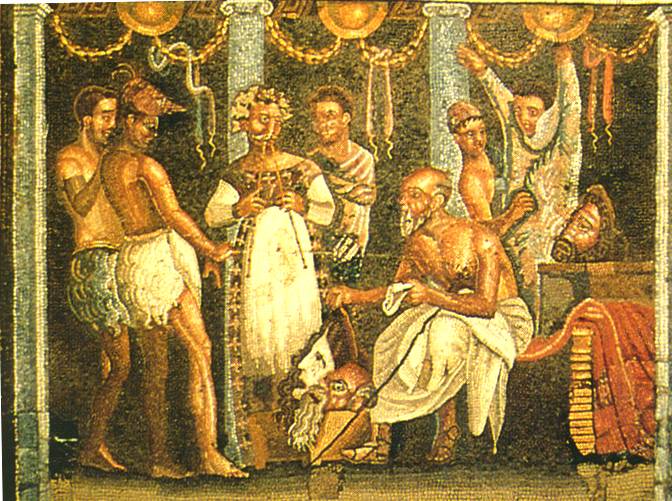
The Epic Ennius Classical Wisdom Weekly
Greek Theatre . Theatre buildings were called a theatron. The theaters were large, open-air structures constructed on the slopes of hills. They consisted of three main elements: the orchestra, the skene, and the audience.. Ancient Greek actors had to gesture grandly so that the entire audience could see and hear the story. However most Greek.

Athene Ancient Greek Theatre Performance GetYourGuide
Greek terracotta mask, 3/4th century BC. The theatre of ancient Greece was at its best from 550 BC to 220 BC. It was the beginning of modern western theatre, and some ancient Greek plays are still performed today. They invented the genres of tragedy (late 6th century BC ), comedy (486 BC) and satyr plays .

Intro to the Ancient Greek Theatre Koilon
The theatre of Ancient Greece, or ancient Greek drama, is a theatrical culture that flourished in ancient Greece between 550 BC and 220 BC. The city-state of Athens, which became a significant cultural,. With such a large space to fill, ancient Greek actors could not be subtle in their acting. They had to
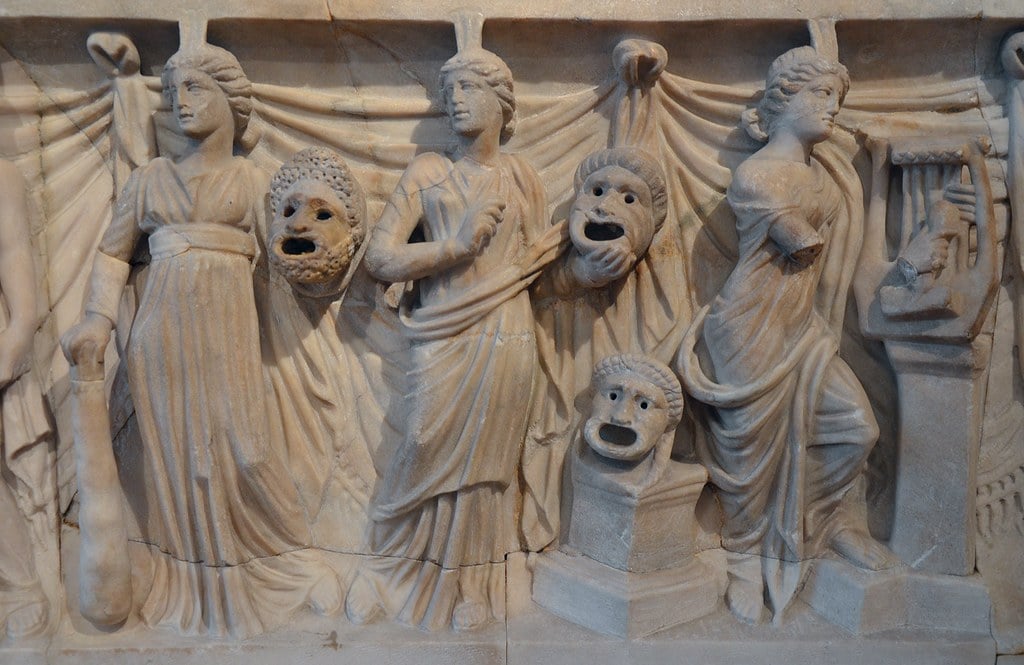
Why Did Ancient Greek Actors Wear Theater Masks?
Theatre in Ancient Greek Society. London. Hägg, T. 2010. "Canon Formation in Greek Literary Culture." In Thomassen 2010:109-28.. "Actors' Properties in Ancient Greek Drama: An Overview." In Harrison and Liapis 2013:89-110. Walsh, D. 2009. Distorted Ideals in Greek Vase-Painting: The World of Mythological Burlesque. Cambridge and.

Actores griegos antiguos fotografías e imágenes de alta resolución Alamy
August 26, 2010-January 3, 2011 at the Getty Villa. This exhibition explores the many ways Greek drama was interpreted by ancient Greek artists, whose works are frequently the only surviving evidence of the performing arts in antiquity. A wide variety of objects — including sculptures, painted vases, and a rare fragmentary papyrus.
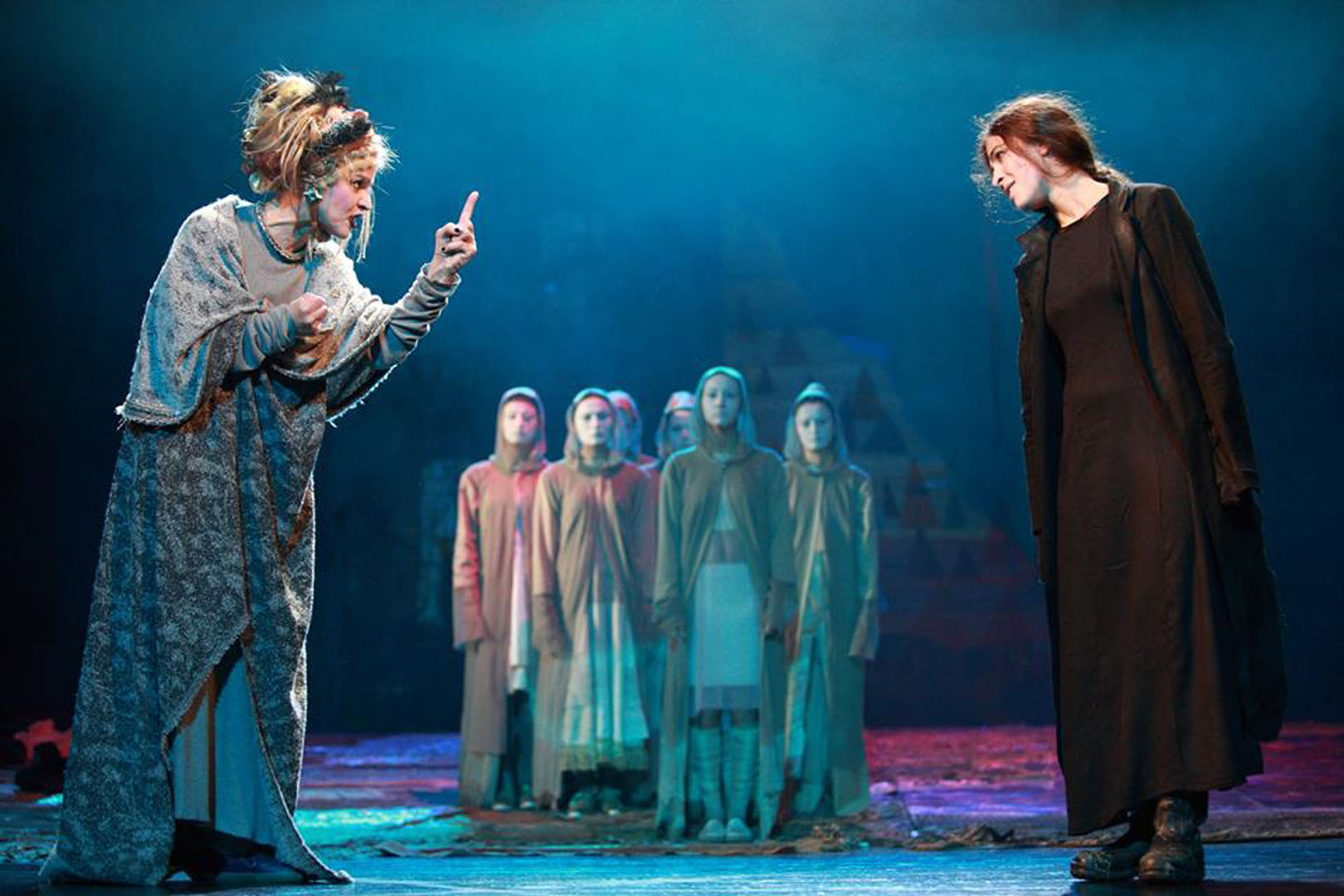
Catch These Ancient Greek Theatre Performances My Cyprus Travel Imagine. Explore. Discover.
Actors of Alexander the Great (4 P) M. Ancient Greek actors-turned military agents (3 P) Pages in category "Ancient Greek actors" The following 8 pages are in this category, out of 8 total. This list may not reflect recent changes. A. Araros; Archias of Thurii; Aristodemus (actor)
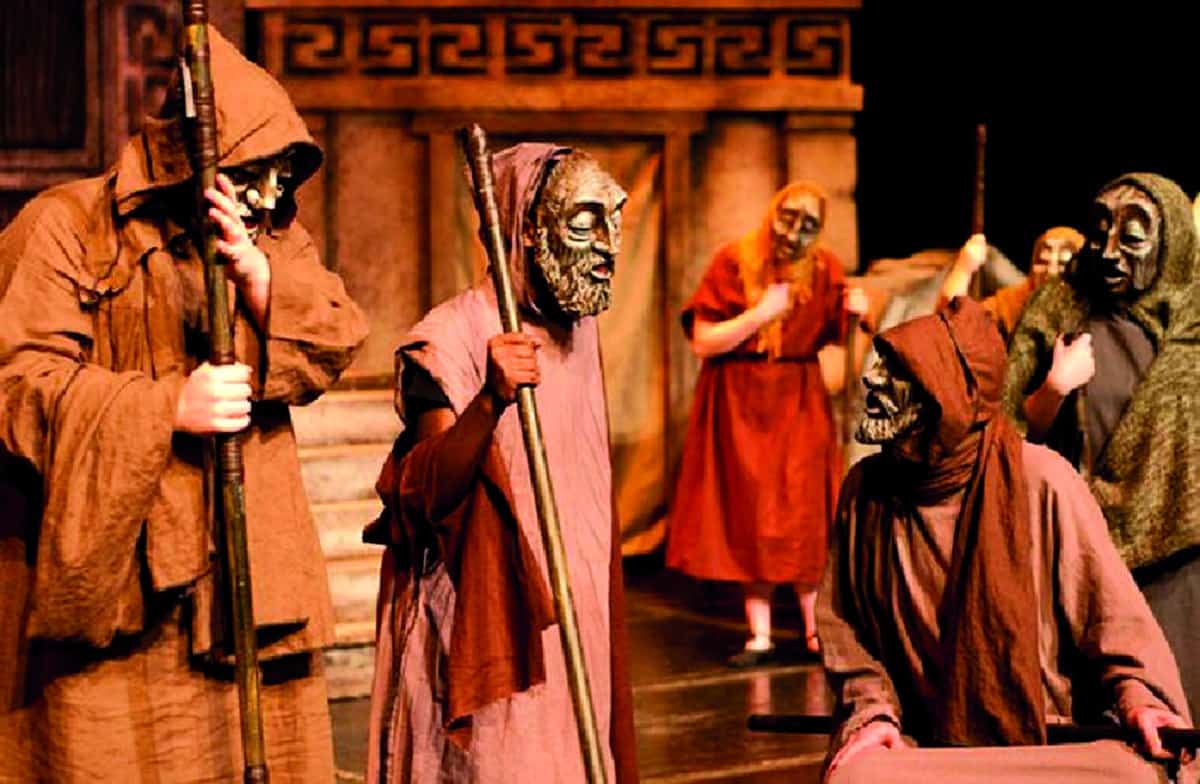
Máscaras de teatro Origem, simbolismo e representação no teatro grego Arquiteta Giovanna
In the early 5th century BCE, Aeschylus - known as the great innovator because of his introduction of the second actor, which made the role of actors much more sophisticated - changed the standard of Greek plays developed by playwright Thespis, who was an Athenian poet and founder of drama.

Greek Theatre 7 Useful Facts for Students The Drama Teacher
Greek tragedy was a popular and influential form of drama performed in theatres across ancient Greece from the late 6th century BCE. The most famous playwrights of the genre were Aeschylus, Sophocles, and Euripides and many of their works were still performed centuries after their initial premiere. Greek tragedy led to Greek comedy and, together, these genres formed the foundation upon which.
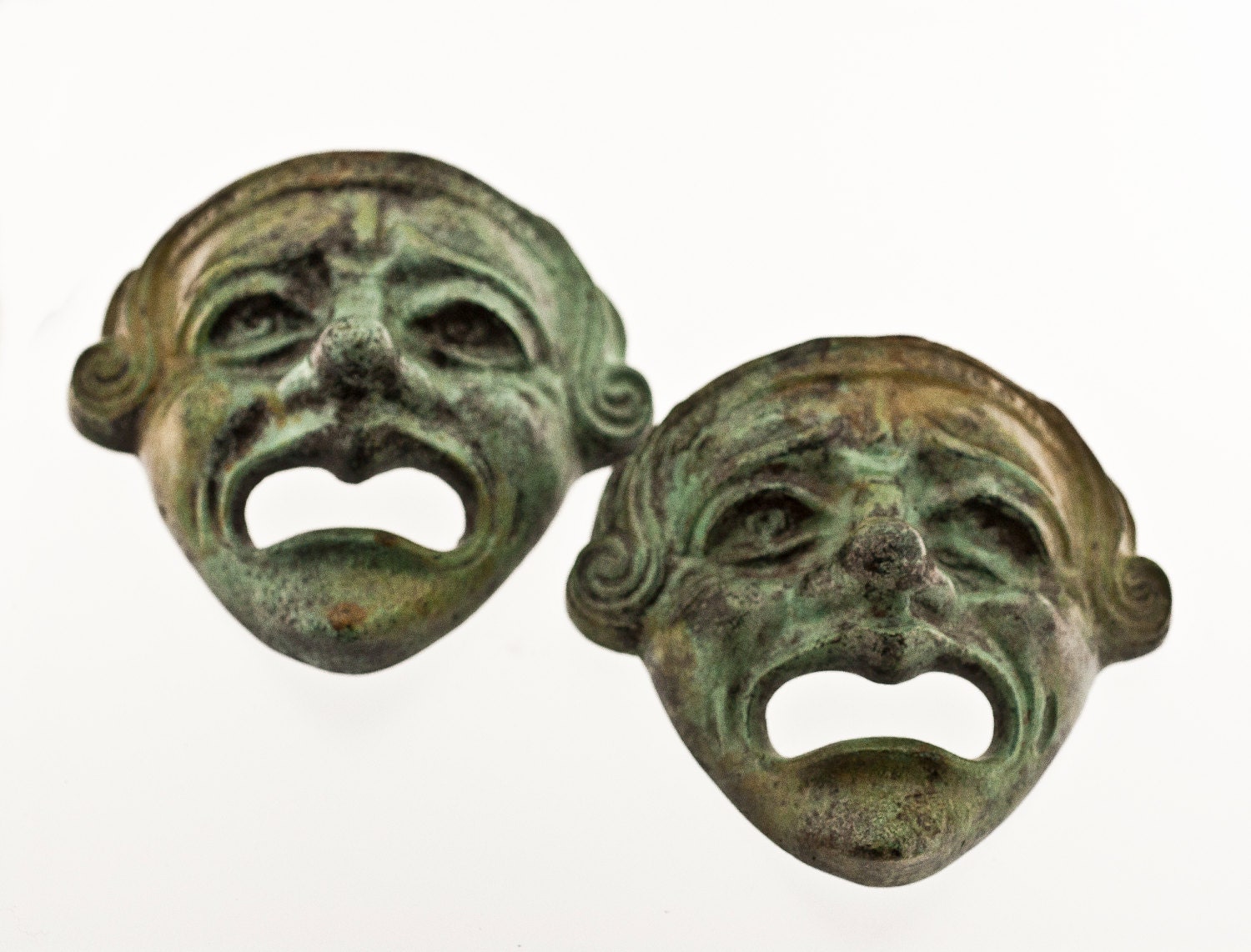
Theatre Actors Tragedy Mask of Ancient Greek Drama
Seeing a Greek tragedy performed in English, let alone in the ancient Greek, may sound like hard work to many nowadays. But for the first audiences of plays like the Agamemnon, Medea and Bacchae, the theatre was the ancient equivalent of Hollywood - mass entertainment and big business.The early Greek comedies too, such as Aristophanes' Frogs, had huge appeal, combining slapstick, literary.

"Actors perform a play in an amphitheatre while the work of an ancient Greek town continues
Ancient Greek theatre and its revivals produced from the late nineteenth century in ancient Greek and Roman amphitheatres were. to create an ensemble featuring all of the most famous and talented female and male actors for the purpose of staging Greek dramas in Italian open-air theatres. 48 Romagnoli saw coordinating the theatrical.

boal greek chorus ceasefire
The actors At first in dithyramb, there were no actors. Thespis was the poet who introduced the first hypocrite, Aeschylus the second and Sophocles the third one. Besides these actors, who were playing the leading parts, there were also some other persons on the orchestra (=stage), playing "dumb" roles (the "followers").
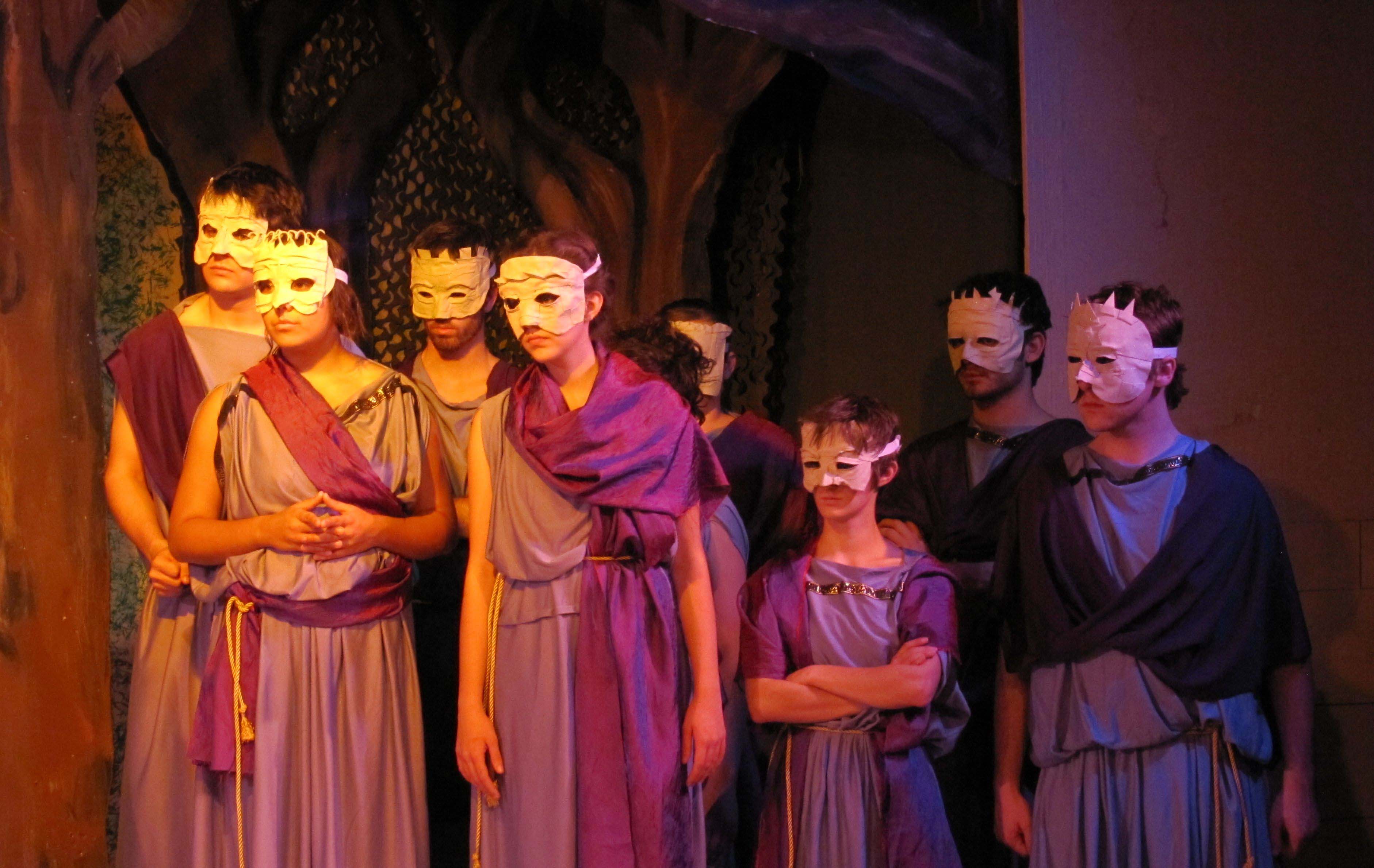
Actors impress in ancient play, “The Oedipus Story” The Triangle
The exact origins of tragedy ( tragōida) are debated amongst scholars. Some have linked the rise of the genre to an earlier art form, the lyrical performance of epic poetry. Others suggest a strong link with the rituals performed in the worship of Dionysos such as the sacrifice of goats - a song ritual called trag-ōdia - and the wearing of masks.
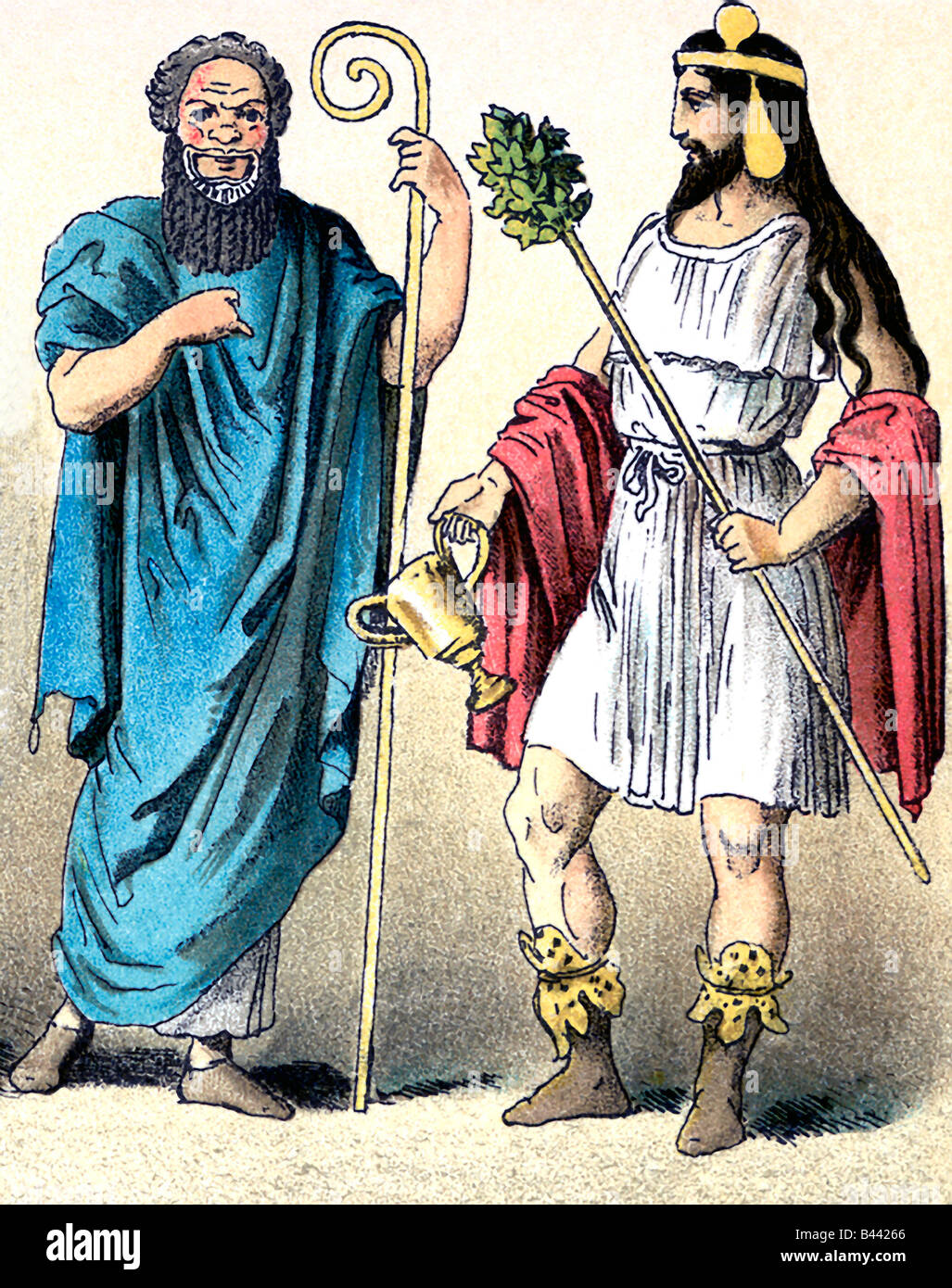
Ancient Greek Actors Stock Photo, Royalty Free Image 19758542 Alamy
The Origins of Theatre - The First Actor. Statue in the Theatre from The Greeks documentary. The earliest origins of drama are to be found in Athens where ancient hymns, called dithyrambs, were.
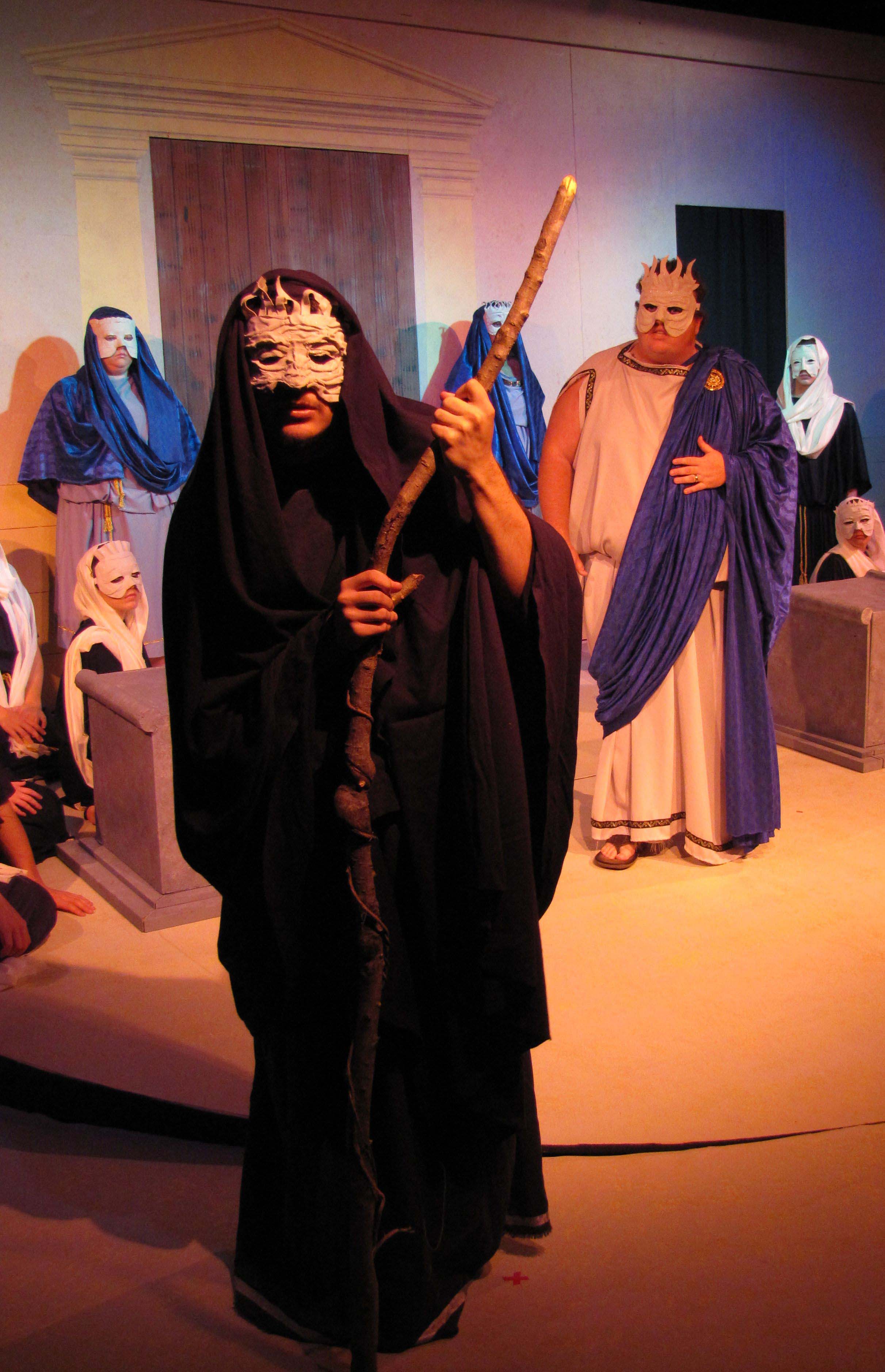
Actors impress in ancient play, “The Oedipus Story” The Triangle
Ancient Actors Terracotta Calyx-krater (mixing bowl) of phlyax play, attributed to the Dolon Painter, 400-390 BCE, via The Met Museum, New York Ancient Greek theater began with only a single actor, reciting poetry on stage. This was called a dithyramb. Of these solitary actors, Thespis was the first.

Main concept for Greek chorus Greek tragedy, Greek chorus, Ancient greek theatre
Here the Greeks sat and watched the plays first of Aeschylus, Sophokles, Euripides, and Aristophanes, and of Menander and the later playwrights. The Greek theater consisted essentially of the orchestra, the flat dancing floor of the chorus, and the theatron, the actual structure of the theater building.